Home>Gardening & Outdoor>Landscaping Ideas>What Month Does Bermuda Grass Go Dormant
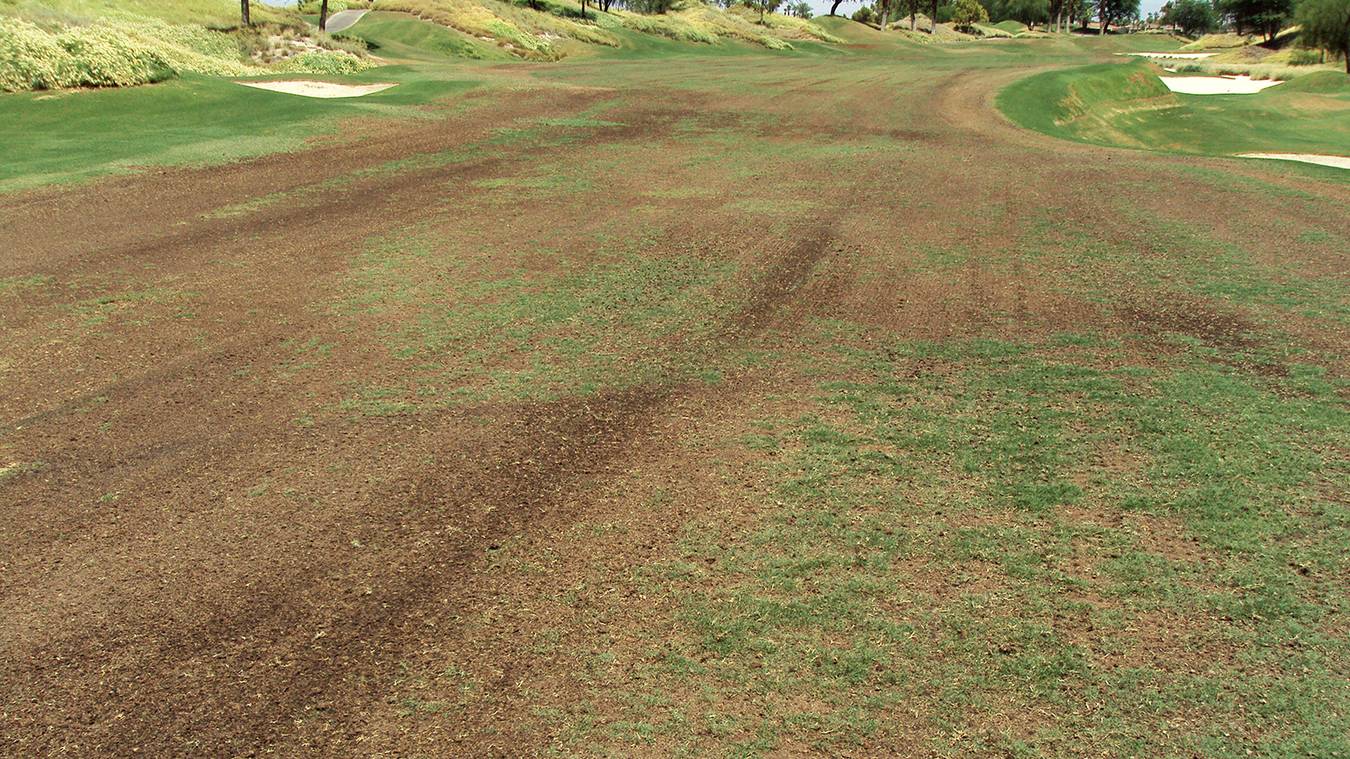

Landscaping Ideas
What Month Does Bermuda Grass Go Dormant
Modified: March 28, 2024
Discover the best landscaping ideas for managing Bermuda grass dormancy. Learn when Bermuda grass goes dormant and how to maintain your lawn during the dormant period.
(Many of the links in this article redirect to a specific reviewed product. Your purchase of these products through affiliate links helps to generate commission for Storables.com, at no extra cost. Learn more)
Introduction
Bermuda grass, scientifically known as Cynodon dactylon, is a popular warm-season grass that thrives in various climates. Its ability to withstand high temperatures and drought conditions makes it a preferred choice for lawns, parks, and sports fields. However, like all living organisms, Bermuda grass undergoes a natural process known as dormancy. Understanding the dormancy of Bermuda grass is crucial for maintaining a healthy and vibrant lawn throughout the year.
Dormancy is a period of slowed growth and reduced metabolic activity in plants, triggered by environmental factors such as temperature, light, and moisture. For Bermuda grass, dormancy typically occurs during the colder months when temperatures drop below its optimal range. This natural response allows the grass to conserve energy and resources, ensuring its survival during adverse conditions.
As a homeowner or landscaper, being aware of Bermuda grass dormancy is essential for effective lawn care and maintenance. By understanding the factors that influence dormancy and implementing proper management strategies, you can promote the health and resilience of your Bermuda grass, ensuring a lush and vibrant lawn when the growing season resumes.
In the following sections, we will delve deeper into the intricacies of Bermuda grass dormancy, exploring the factors that influence this natural process and providing valuable insights into managing dormancy to maintain a thriving lawn. Understanding these aspects will empower you to make informed decisions and take proactive measures to support the well-being of your Bermuda grass throughout its dormancy period.
Key Takeaways:
- Bermuda grass goes dormant in colder months to conserve energy and resources, but its root system remains active underground, preparing for a vigorous regrowth when temperatures rise.
- Factors like temperature, daylight duration, moisture levels, soil nutrients, and cultural practices profoundly impact Bermuda grass dormancy, requiring tailored management practices for a lush and resilient lawn.
Understanding Bermuda Grass Dormancy
Bermuda grass, a resilient warm-season turfgrass, undergoes a natural process called dormancy as a response to environmental cues. This period, typically observed during the colder months, entails a slowdown in growth and metabolic activity. Understanding the intricacies of Bermuda grass dormancy is crucial for effective lawn management and ensuring its long-term health.
During dormancy, Bermuda grass enters a state of reduced physiological activity, triggered by environmental factors such as declining temperatures and diminishing daylight hours. As the mercury drops, the grass gradually ceases active growth, leading to a noticeable change in its appearance. The lush green hue gives way to a dormant, straw-like color, signaling the onset of this natural phase.
The dormancy period serves as a survival mechanism for Bermuda grass, allowing it to conserve energy and essential nutrients. By redirecting resources from growth to maintenance, the grass can withstand harsh environmental conditions, including frost and limited water availability. This adaptive response enables Bermuda grass to endure the challenges posed by winter, ensuring its resurgence when conditions become favorable.
It's important to note that while Bermuda grass appears dormant on the surface, its root system remains active beneath the soil. This underground vitality plays a pivotal role in the grass's ability to rebound once the dormancy period concludes. The robust root network continues to support the plant, absorbing moisture and nutrients from the soil, laying the groundwork for a vigorous regrowth when temperatures rise.
Understanding Bermuda grass dormancy empowers homeowners and landscapers to make informed decisions regarding lawn care practices. By recognizing the natural ebb and flow of the grass's growth cycle, individuals can adjust their maintenance routines to align with its specific needs during dormancy. This may involve reducing mowing frequency, adjusting irrigation schedules, and refraining from fertilization to accommodate the grass's slowed metabolic state.
In essence, comprehending Bermuda grass dormancy entails recognizing its role as a protective mechanism and acknowledging the resilience inherent in this species. By embracing the natural fluctuations in growth and understanding the underlying biological processes, individuals can cultivate a deeper appreciation for the enduring vitality of Bermuda grass. This understanding forms the foundation for effective lawn management, ensuring the grass's sustained health and vibrancy throughout its dormancy period.
Factors Affecting Bermuda Grass Dormancy
Several key factors influence the dormancy of Bermuda grass, shaping its response to environmental cues and seasonal changes. Understanding these determinants is essential for effectively managing the grass's dormancy period and promoting its long-term health.
-
Temperature: The foremost factor impacting Bermuda grass dormancy is temperature. As temperatures decline during the fall and winter months, the grass undergoes a transition into dormancy. Cooler temperatures signal the grass to slow down its metabolic processes and conserve energy, leading to reduced growth and a change in its appearance. Conversely, as temperatures rise in the spring, Bermuda grass emerges from dormancy, resuming active growth and regaining its vibrant green color.
-
Daylight Duration: The duration of daylight also plays a significant role in regulating Bermuda grass dormancy. Shorter daylight hours during the fall and winter months signal to the grass that the growing season is coming to an end. This reduction in daylight triggers physiological changes within the grass, prompting it to enter a state of dormancy as it prepares for the onset of winter conditions.
-
Moisture Levels: Adequate moisture levels are crucial for sustaining Bermuda grass through its dormancy period. Insufficient water availability can exacerbate dormancy stress, leading to increased susceptibility to damage from frost and other environmental stressors. Conversely, excessive moisture during dormancy can create favorable conditions for disease development, potentially compromising the grass's health. Balancing moisture levels through strategic irrigation practices is essential for supporting the grass's resilience during dormancy.
-
Soil Nutrients: The availability of essential nutrients in the soil profoundly impacts Bermuda grass dormancy. As the grass transitions into dormancy, its nutrient requirements shift, with a reduced need for certain elements to support active growth. Understanding these shifting nutrient demands is crucial for adjusting fertilization practices to align with the grass's dormancy state, ensuring that it receives the necessary nutrients to sustain its root system and prepare for regrowth in the upcoming growing season.
-
Cultural Practices: Human interventions, such as mowing, fertilization, and irrigation, can influence Bermuda grass dormancy. Adjusting these cultural practices in response to the grass's dormancy state is essential for minimizing stress and supporting its long-term health. For instance, reducing mowing frequency and refraining from fertilization during dormancy can help conserve the grass's energy reserves and minimize potential damage to its weakened foliage.
By recognizing and understanding these factors, homeowners and landscapers can proactively manage Bermuda grass dormancy, ensuring that the grass receives the support it needs to navigate through this natural phase and emerge with vigor when the growing season recommences.
Managing Bermuda Grass Dormancy
Effectively managing Bermuda grass dormancy is pivotal for nurturing a resilient and vibrant lawn throughout the year. By implementing strategic practices tailored to the grass's dormancy state, homeowners and landscapers can support its long-term health and ensure a robust resurgence when the growing season returns.
Adjusting Maintenance Practices
During dormancy, it is crucial to adapt maintenance practices to align with Bermuda grass's reduced metabolic activity. This includes adjusting mowing frequency to minimize stress on the grass and refraining from aggressive mowing during this period. Allowing the grass to maintain a slightly taller height can aid in conserving energy reserves and protecting the crown from potential damage.
Read more: At What Temperature Does Grass Go Dormant
Strategic Irrigation
Balancing moisture levels is essential for supporting Bermuda grass through dormancy. While the grass's water requirements decrease during this period, it is important to monitor soil moisture and provide supplemental irrigation when necessary. Strategic watering can help mitigate dormancy stress and prevent excessive dehydration, contributing to the grass's overall resilience.
Fertilization Considerations
During dormancy, the grass's nutrient requirements undergo a shift, with reduced demands for certain elements to support active growth. Adjusting fertilization practices to accommodate the grass's dormancy state is crucial. Refraining from applying nitrogen-rich fertilizers during this period can prevent stimulating unnecessary growth and minimize potential damage to the grass's weakened foliage.
Pest and Disease Management
Vigilant pest and disease management is essential for safeguarding Bermuda grass during dormancy. While the grass may appear dormant on the surface, it remains susceptible to various stressors, including pest infestations and disease development. Implementing preventive measures and monitoring the lawn for signs of potential issues can help mitigate risks and preserve the grass's health.
Soil Aeration and Maintenance
Conducting soil aeration and addressing any compaction issues during dormancy can contribute to the grass's overall vigor. Aerating the soil promotes better air and water penetration, fostering a healthier root system and preparing the grass for robust regrowth when dormancy concludes. Additionally, addressing any underlying soil maintenance needs can set the stage for a thriving lawn in the upcoming growing season.
By embracing these proactive measures and tailoring lawn care practices to accommodate Bermuda grass dormancy, homeowners and landscapers can effectively manage this natural phase, ensuring the grass's sustained health and vitality. This holistic approach to dormancy management sets the foundation for a lush and resilient lawn, reflecting the enduring beauty and resilience of Bermuda grass.
Conclusion
In conclusion, understanding the dormancy of Bermuda grass is essential for homeowners and landscapers seeking to maintain a vibrant and resilient lawn throughout the year. By recognizing the natural processes that drive dormancy and the factors that influence this phase, individuals can make informed decisions and implement tailored management practices to support the grass's long-term health.
Bermuda grass dormancy represents a crucial survival mechanism, allowing the grass to conserve energy and resources during adverse environmental conditions. As temperatures drop and daylight hours diminish, the grass enters a state of reduced metabolic activity, signaling the onset of dormancy. While the grass may appear dormant on the surface, its root system remains active, laying the groundwork for a vigorous resurgence when conditions become favorable.
Factors such as temperature, daylight duration, moisture levels, soil nutrients, and cultural practices profoundly impact Bermuda grass dormancy. By understanding and addressing these influences, homeowners and landscapers can proactively manage the grass's dormancy period, ensuring that it receives the necessary support to navigate through this natural phase.
Effective management of Bermuda grass dormancy involves adjusting maintenance practices, strategic irrigation, careful consideration of fertilization, vigilant pest and disease management, and addressing soil maintenance needs. By tailoring these practices to accommodate the grass's dormancy state, individuals can promote its resilience and set the stage for a lush and vibrant lawn when the growing season resumes.
Ultimately, embracing a holistic approach to Bermuda grass dormancy management fosters a deeper appreciation for the enduring vitality of this warm-season turfgrass. By recognizing dormancy as a natural ebb and flow in the grass's growth cycle, individuals can cultivate a greater understanding of its resilience and adaptability.
In essence, Bermuda grass dormancy represents a testament to the grass's inherent ability to endure and thrive, reflecting the beauty of nature's adaptive mechanisms. By integrating this understanding into lawn care practices, individuals can nurture a flourishing Bermuda grass lawn, characterized by its resilience, vibrancy, and enduring beauty.
Frequently Asked Questions about What Month Does Bermuda Grass Go Dormant
Was this page helpful?
At Storables.com, we guarantee accurate and reliable information. Our content, validated by Expert Board Contributors, is crafted following stringent Editorial Policies. We're committed to providing you with well-researched, expert-backed insights for all your informational needs.
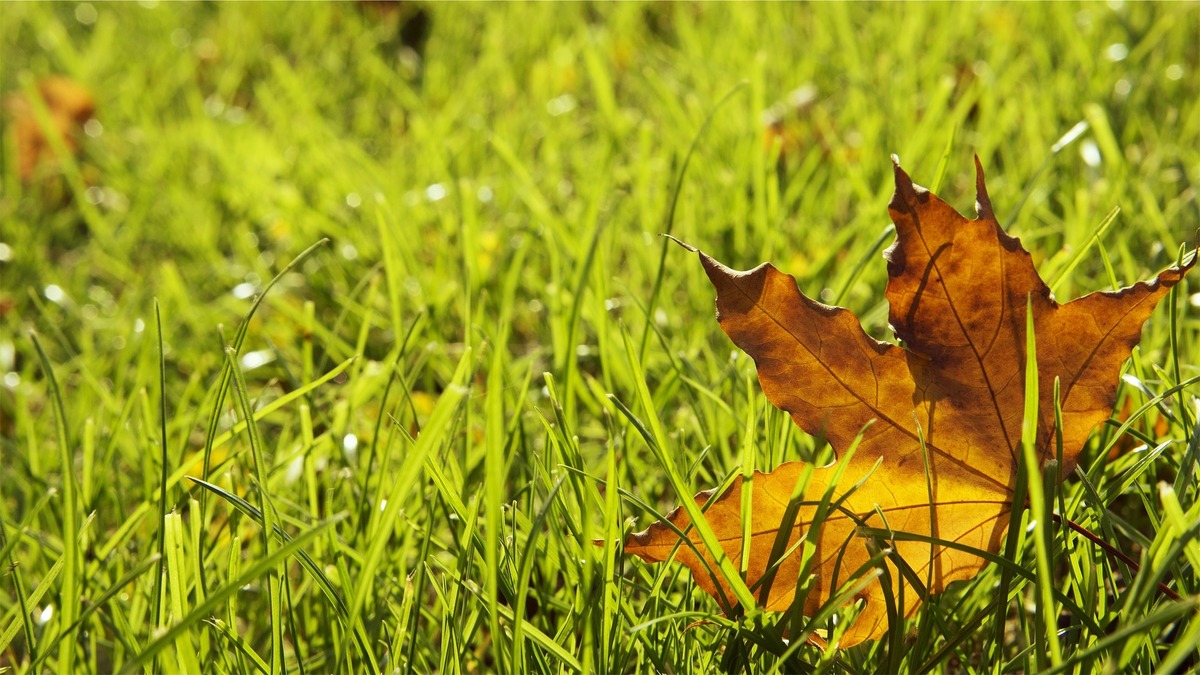
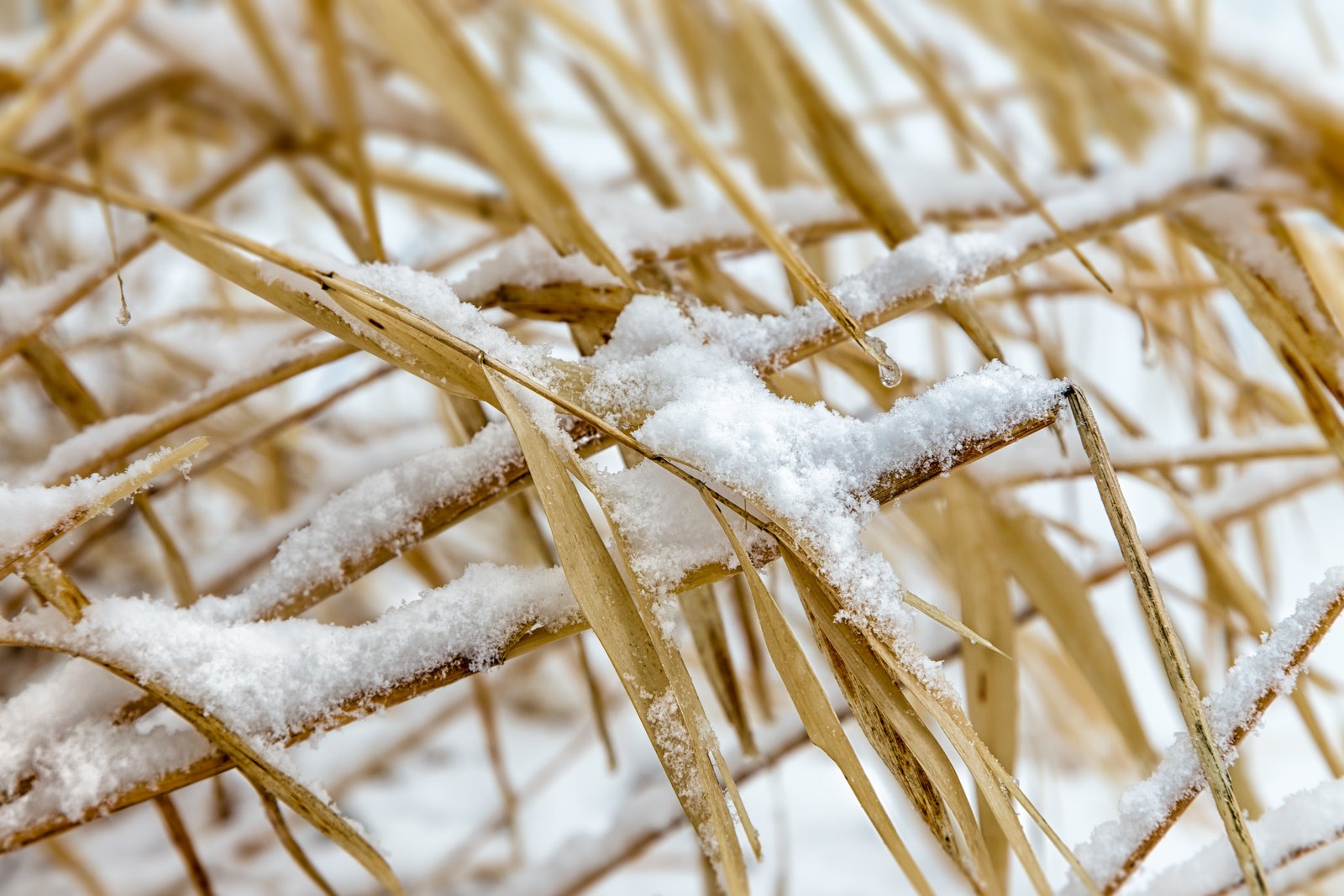
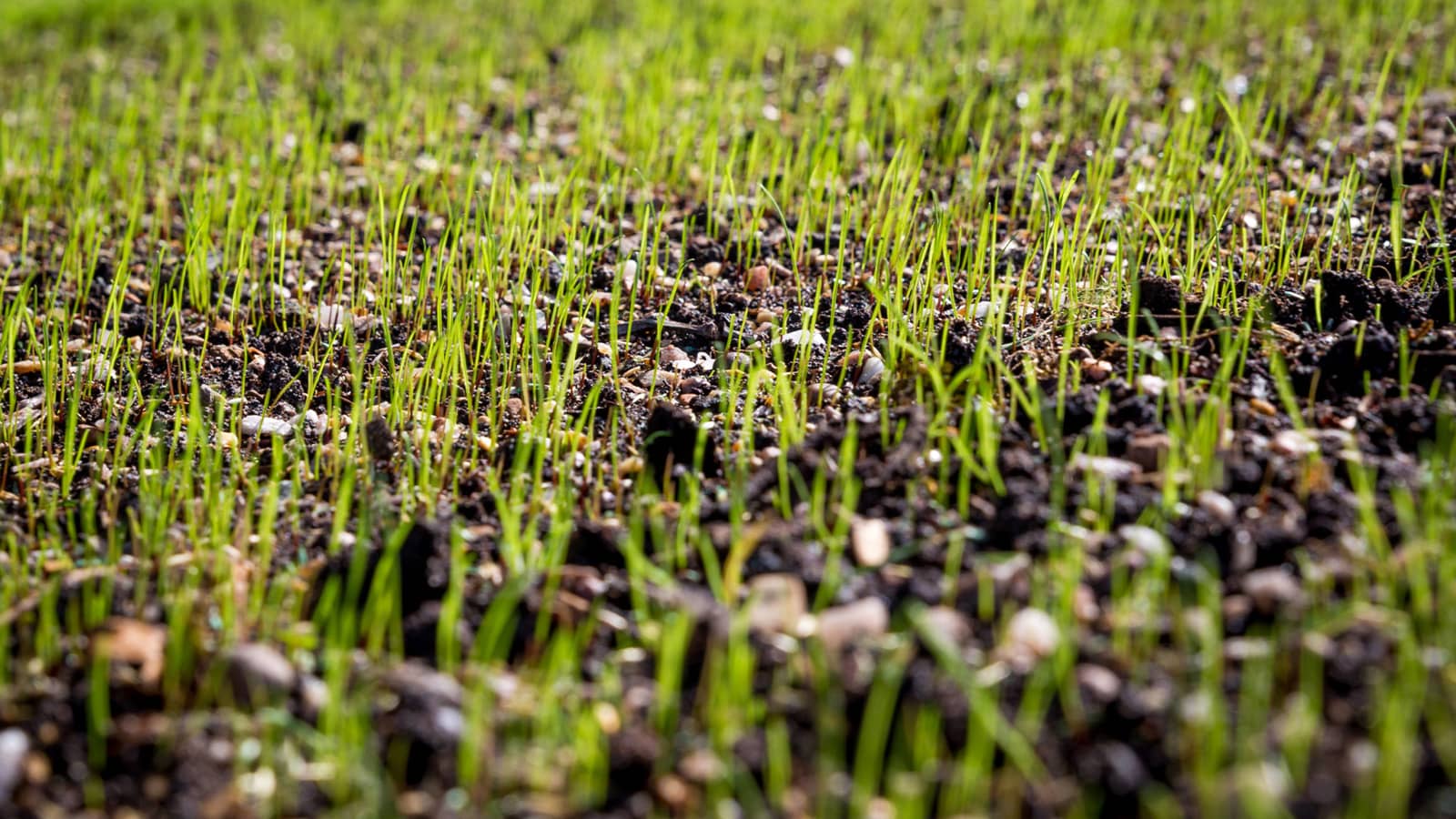
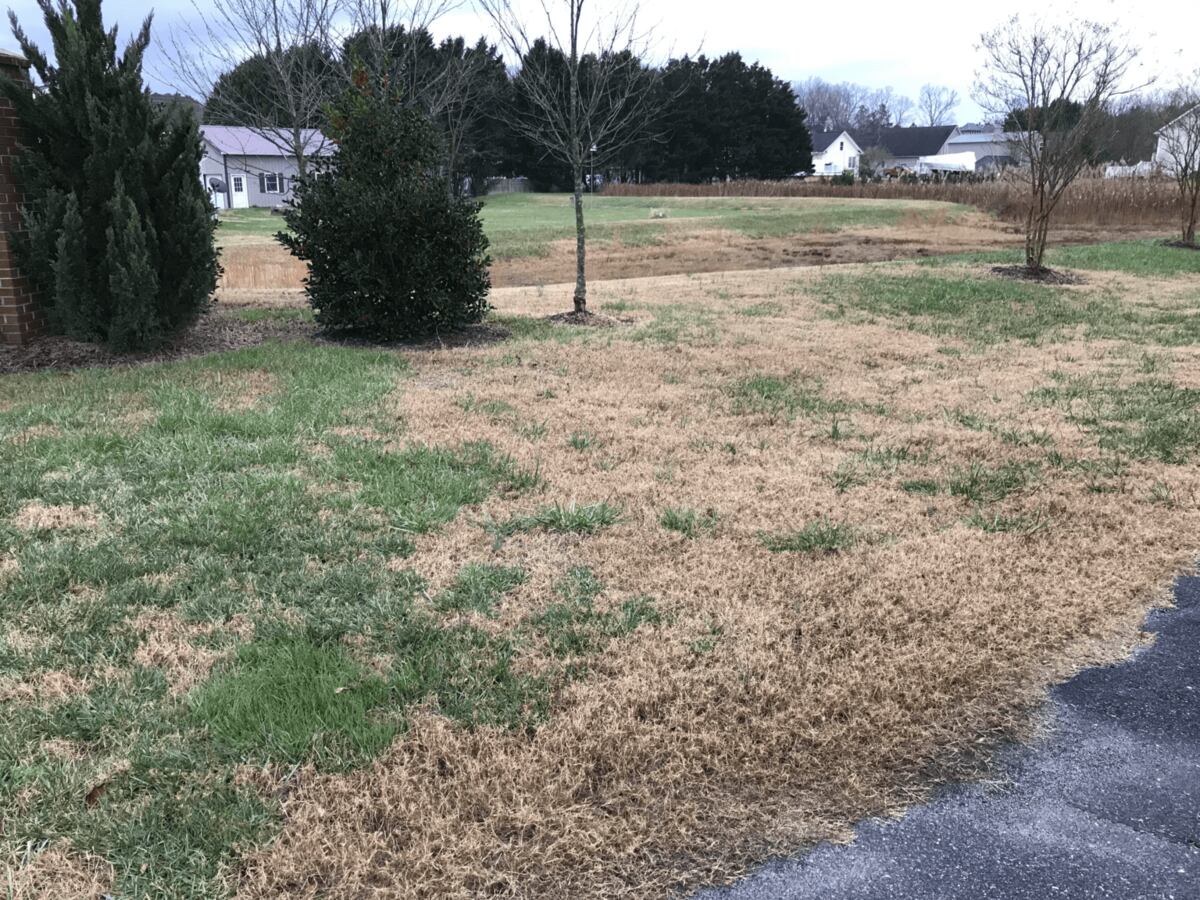
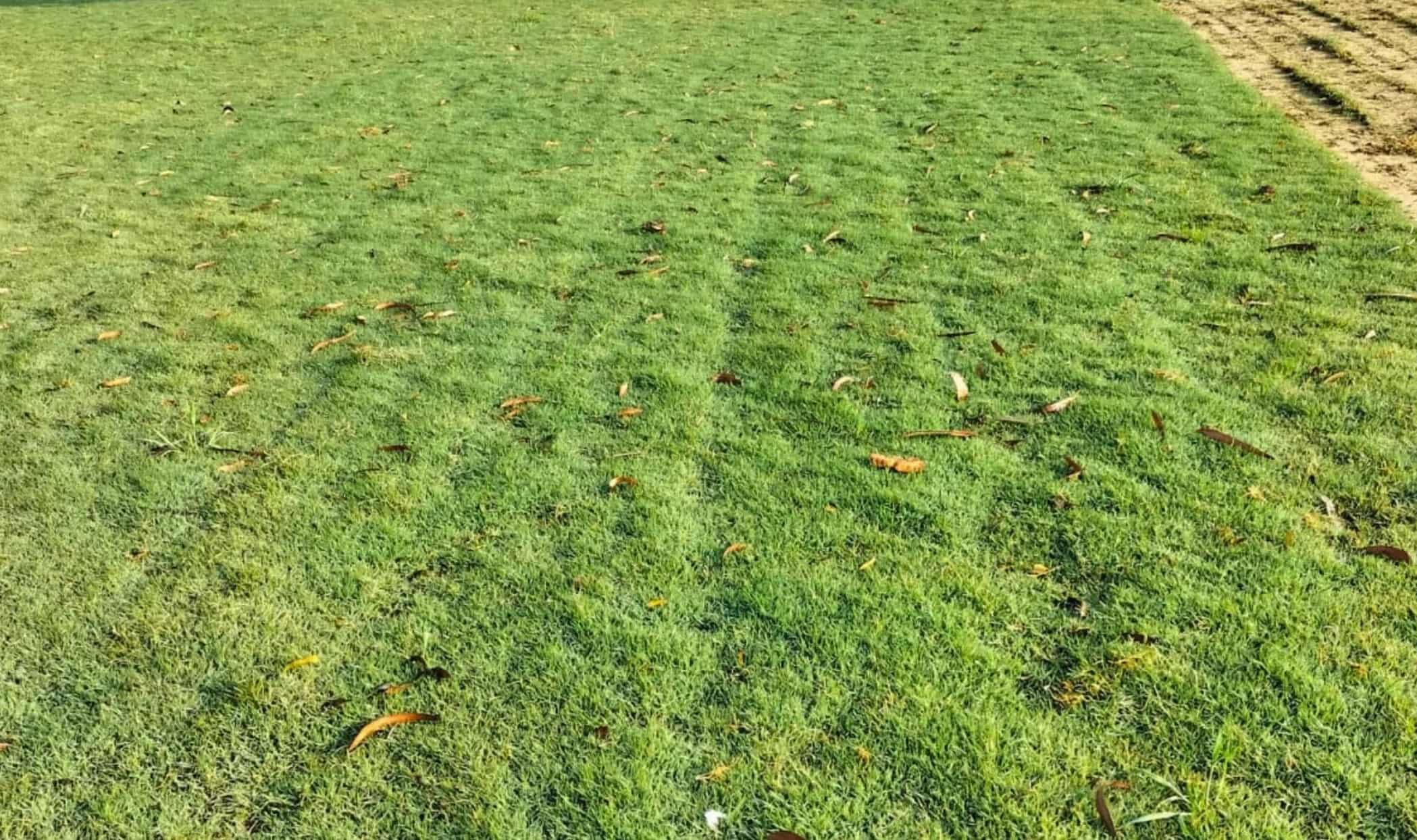
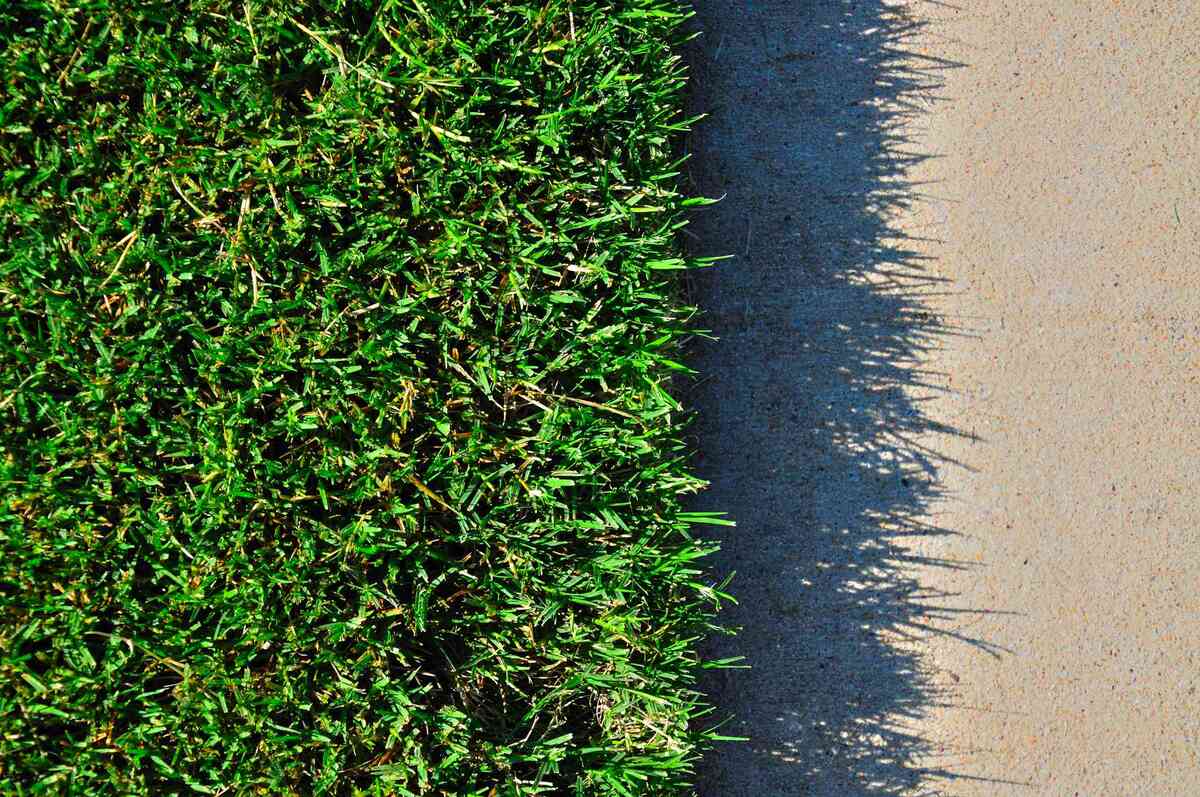
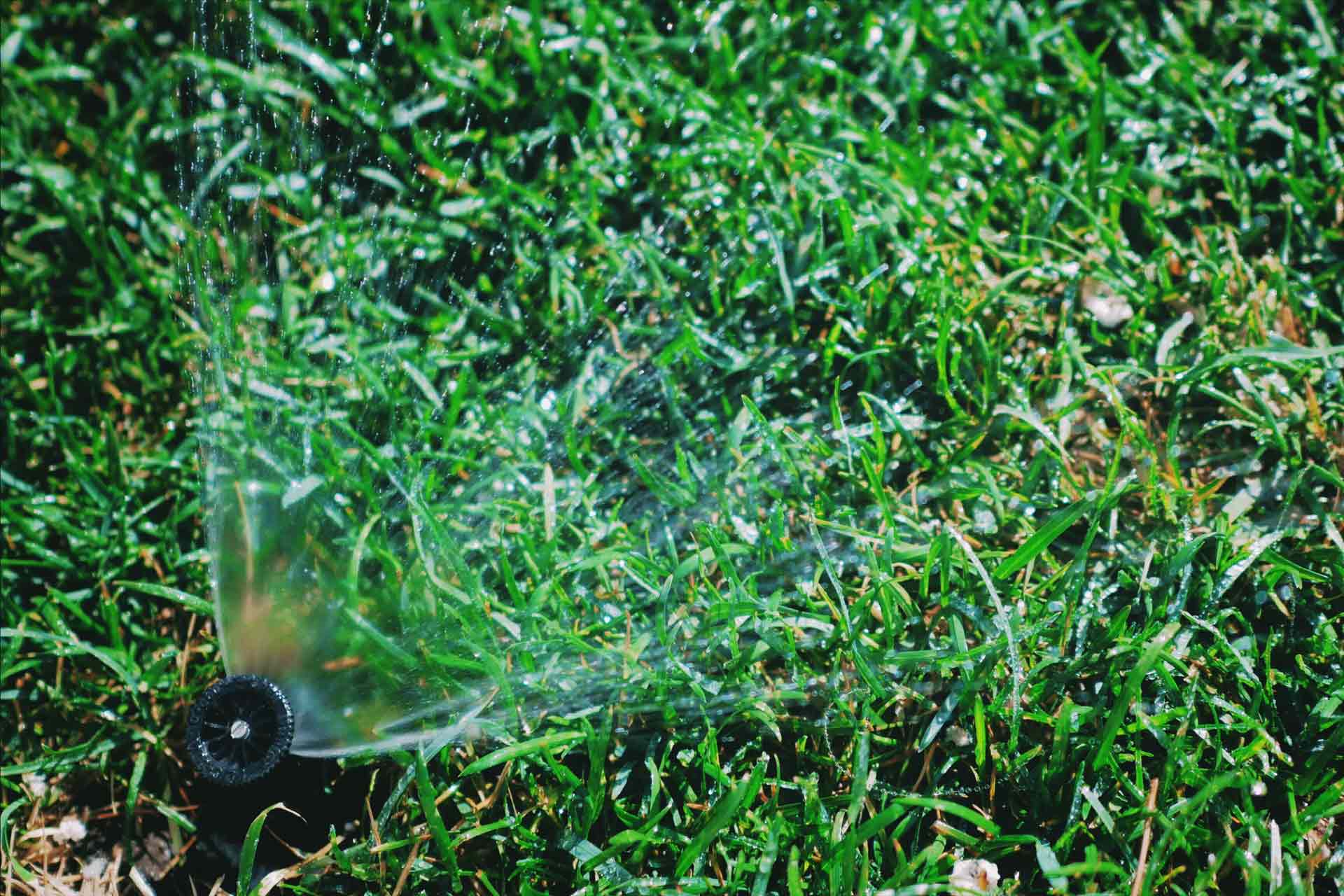

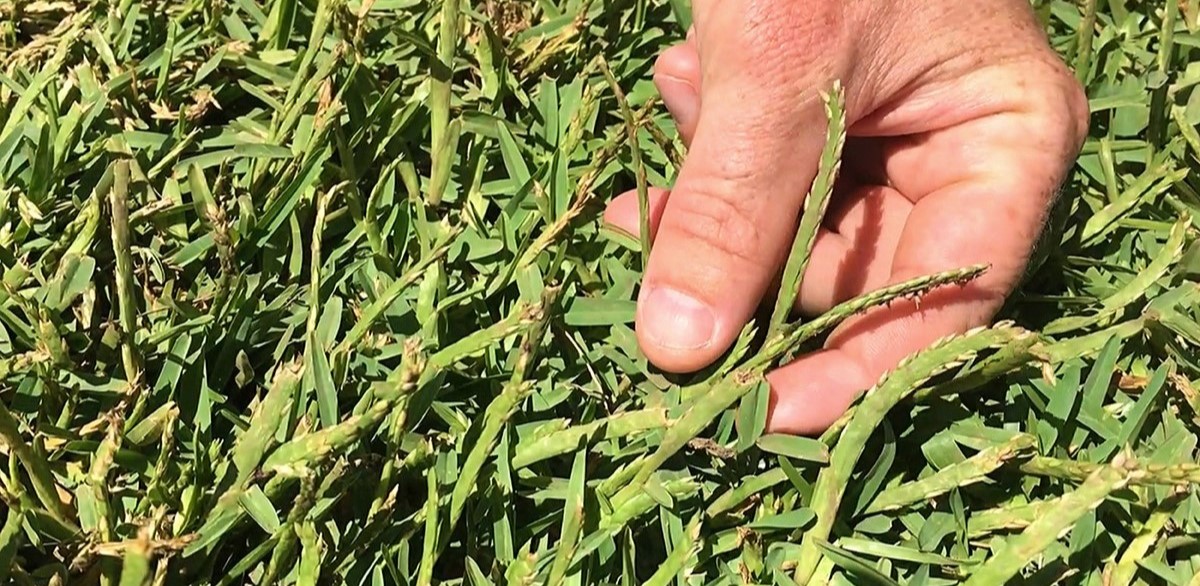
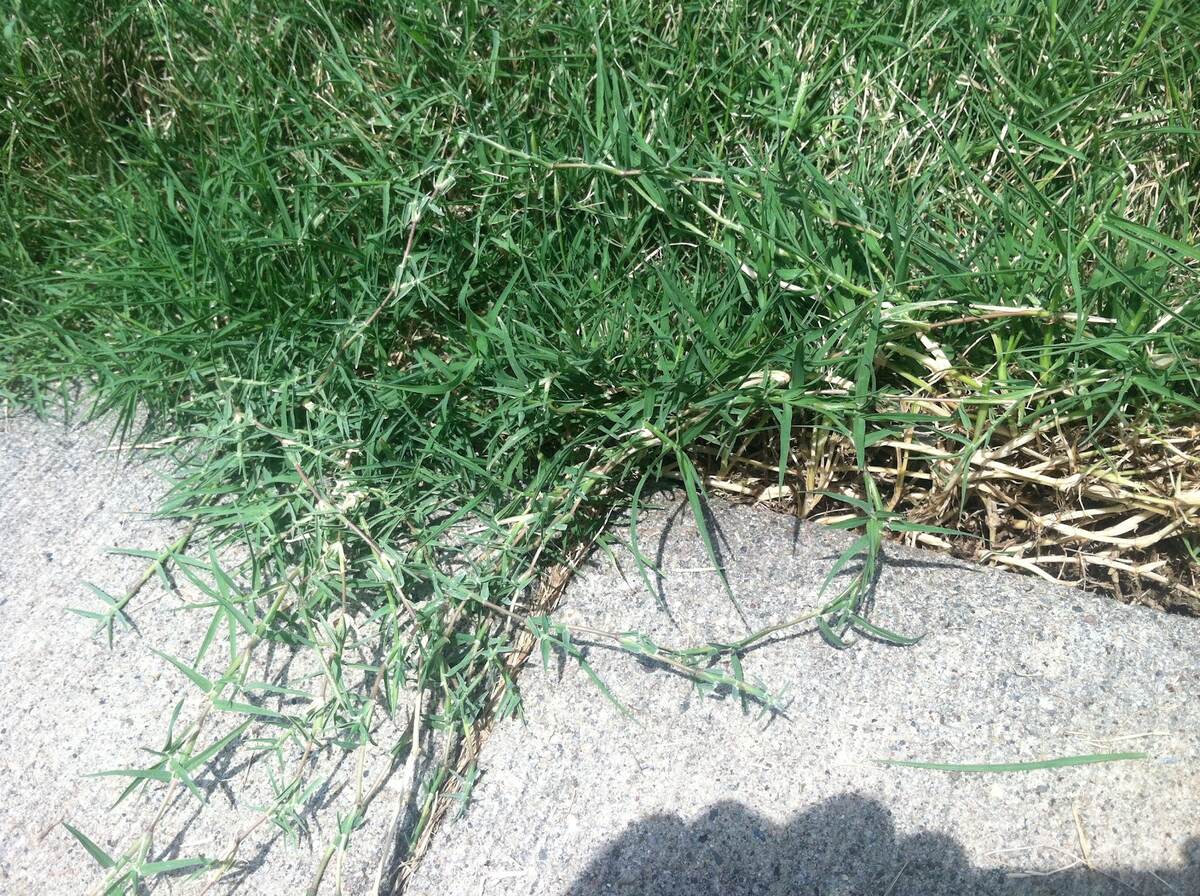
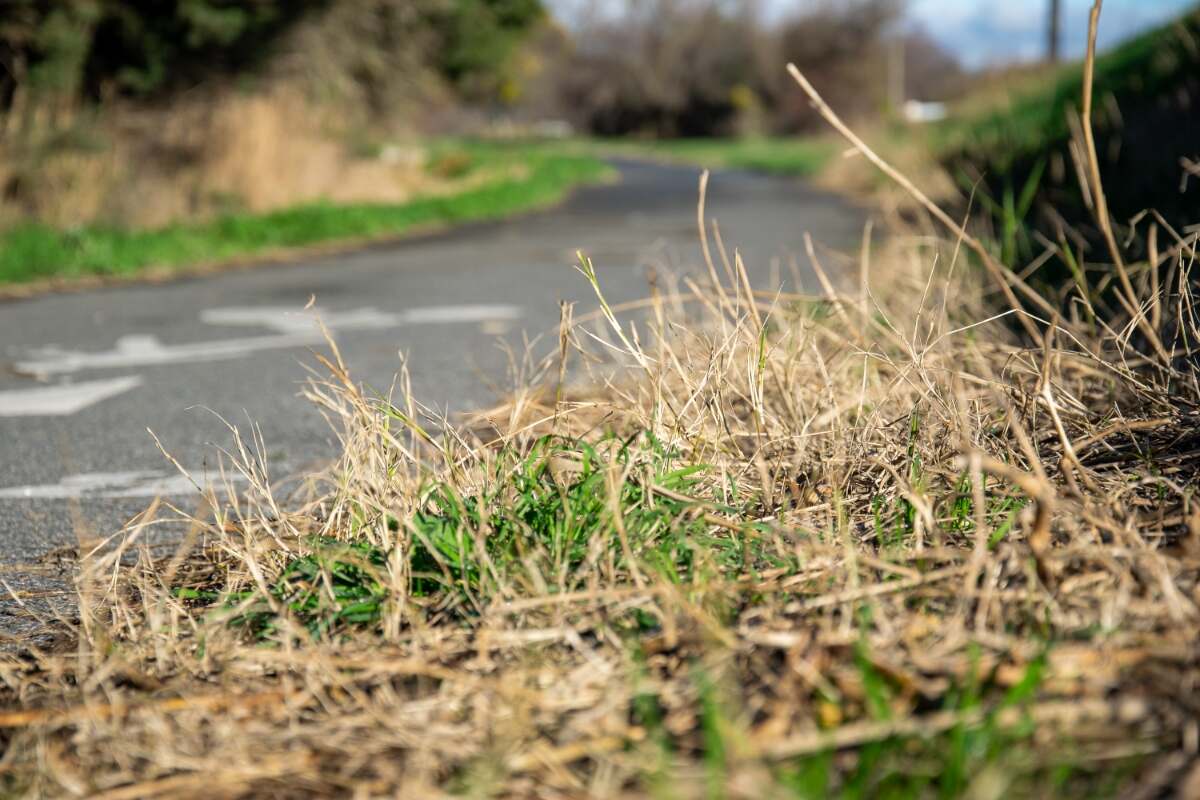
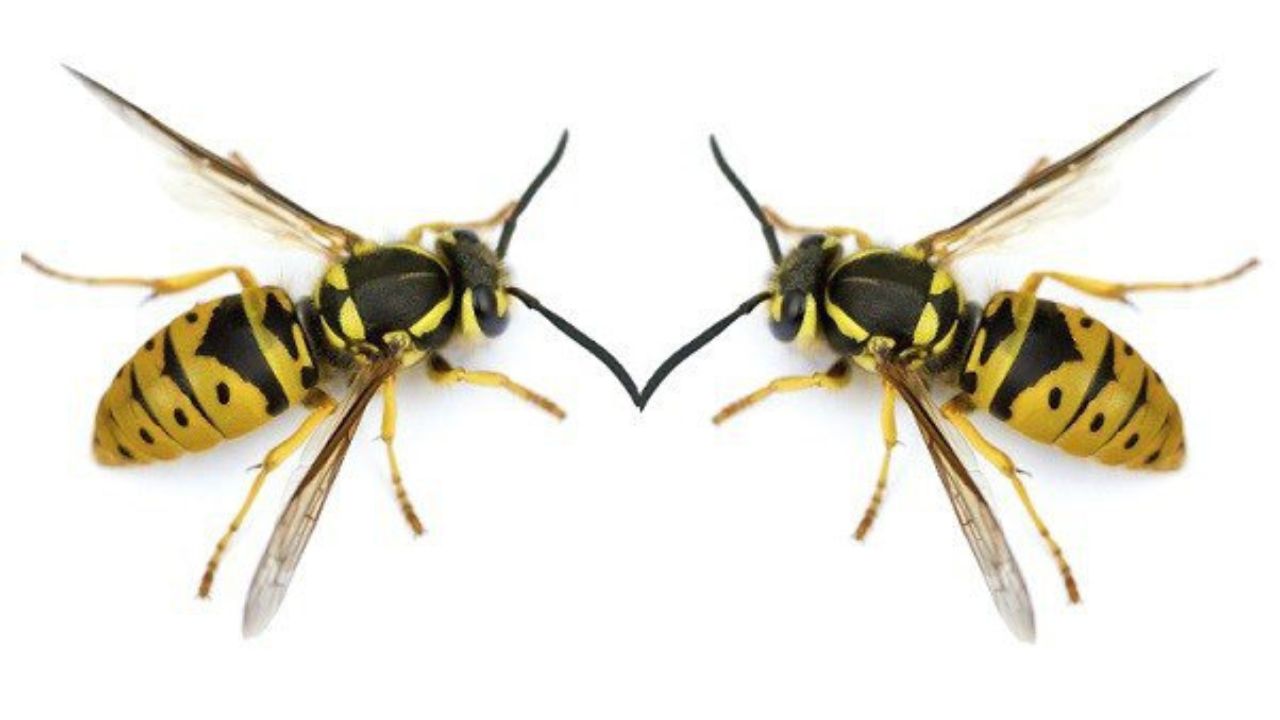
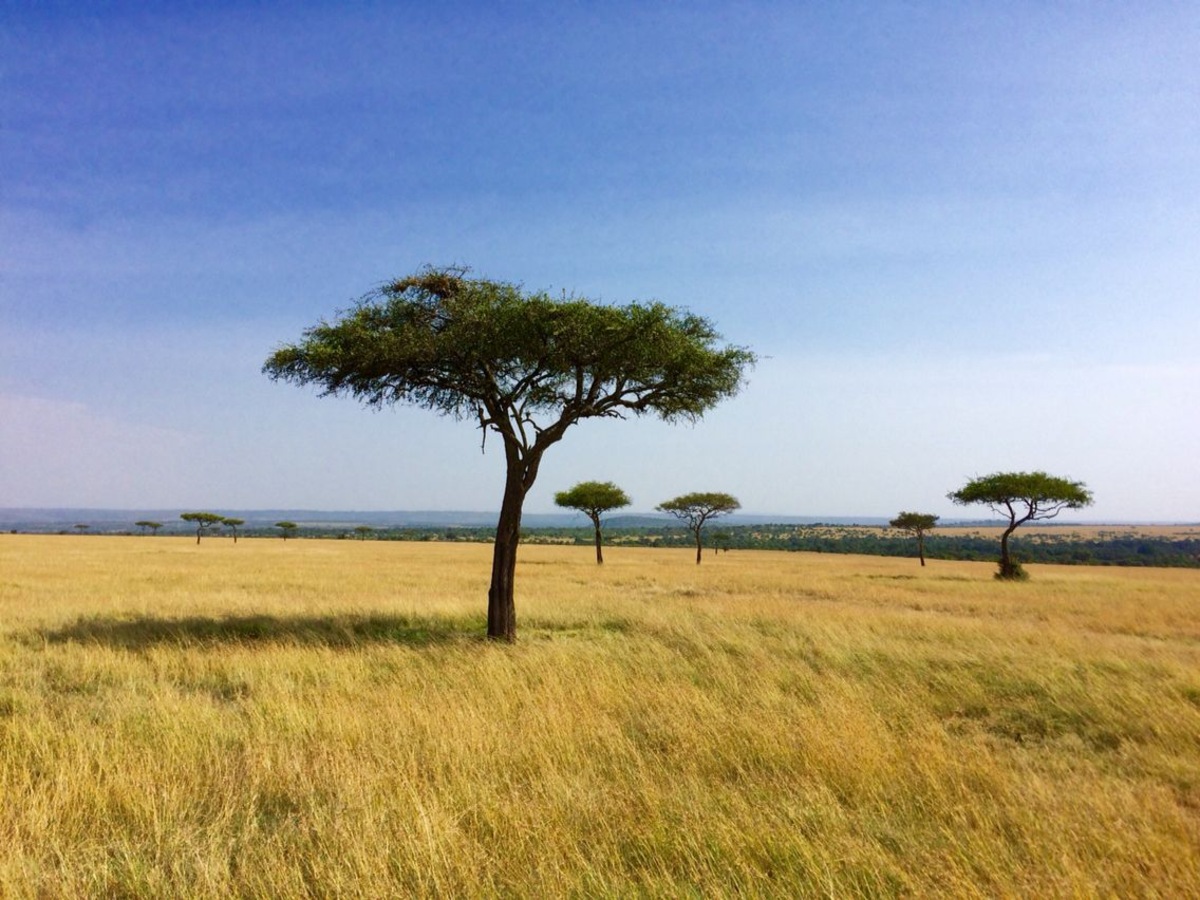

0 thoughts on “What Month Does Bermuda Grass Go Dormant”